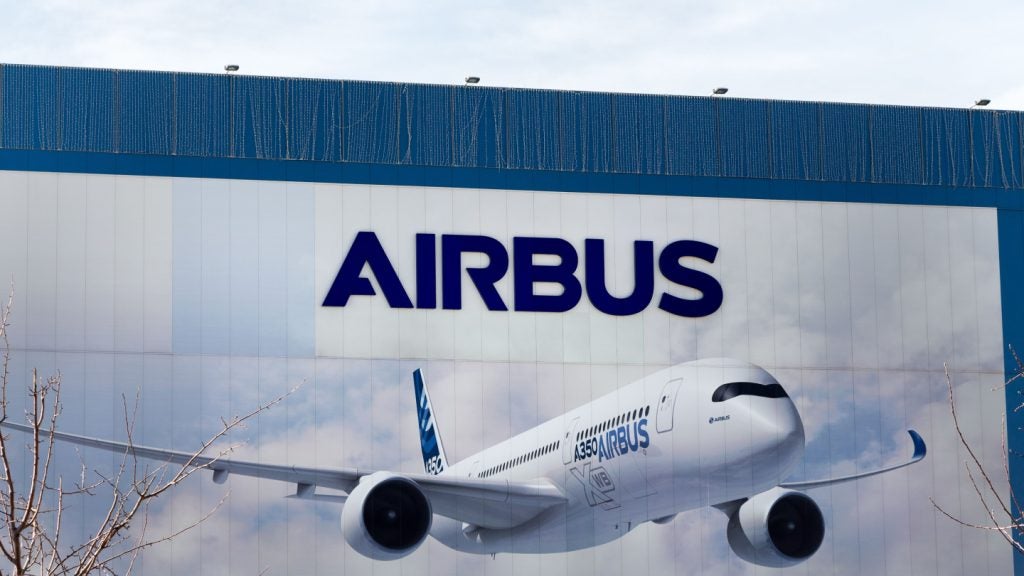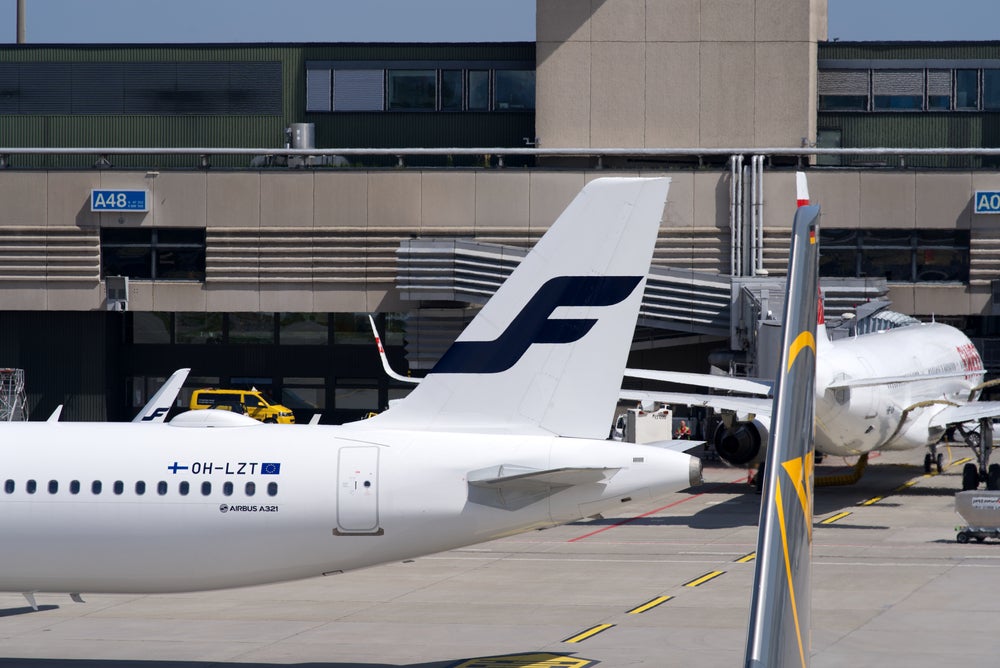
From airport approach to landing, numerous operations could go wrong, which sees aeroplanes across the globe being unable to land at scheduled times causing delays. These delays – caused by lane pushback approval, bird strikes, weather conditions and much more- are inherent problem facing the industry, resulting in negative reputations for airlines, reduced passenger satisfaction, and cost airlines millions in pay-outs each year.
By using a combination of AI and machine learning, the technology converts hundreds of radio conversations into text. With the data provided by the text, airports and airlines can see if a flight will be delayed before the delay is reported.

From vision to reality
Founded in 2018 with headquarters in Atlanta, US, UnDelay was established by founder and CEO Safir Monroe. While working at Delta Airlines as a web developer, Monroe encountered a situation that spurred the concept for the technology now in use.
“One day I was on a flight and the pilot was stuck, the flight was delayed because the pilot didn’t understand what was going on. He told everybody: ‘We are delayed, we don’t understand why we are delayed.’ From that moment it made me think: ‘why doesn’t everyone understand why they’re delayed?’ It made me understand that there’s a big miscommunication problem in the aviation industry.” Monroe explains.
Last year the company received investment from the Georgia Institute of Technology as well as Chris Klauss’ fund to enhance the technology and improve overall air and ground traffic performance.
How well do you really know your competitors?
Access the most comprehensive Company Profiles on the market, powered by GlobalData. Save hours of research. Gain competitive edge.

Thank you!
Your download email will arrive shortly
Not ready to buy yet? Download a free sample
We are confident about the unique quality of our Company Profiles. However, we want you to make the most beneficial decision for your business, so we offer a free sample that you can download by submitting the below form
By GlobalData“It made me understand that there’s a big miscommunication problem in the aviation industry.”
The company also participated in the FTE APEX Virtual Expo in May last year, which allowed the team to meet airline and airport executives and saw Turkish-German airline SunExpress showing interest in taking part in a pilot project.
Behind the tech: how does it work?
Upon installation, the technology can convert hundreds of radio conversations into text, which allows airlines, airports, and travel companies to have access to flight delay information before the delay is reported.
Currently, when a delay is reported it is usually a lengthy process with many individuals relaying information to each other. If a pilot detects a fault or issue that will cause a delay, it is usually then communicated to air traffic control or ground operations, and from there maintenance or technical operations are contacted, who then may need assistance from another department.
This chain sees conversations being communicated four, five, or even six different times due to the individuals communicating through one channel. However, the UnDelay technology allows for the first, original communication to be analysed, transcribed, and distributed to multiple different channels.
This allows for a simpler, more effective method of alerting individuals to a delay or fault and allows for real-time alerts to be relayed to all airline and airport departments.Once the initial conversation has been detected and transcribed, it can also be accessed in the future by airport management teams.
Over and out: the use of the radio channels
With many airports and airlines having their own public radio channels that allow for communication between pilots and airlines, the technology can be fitted into existing radio channels, which is a huge bonus for the airports.
Monroe explains: “Many airports have public channels that cross communicate to different airlines, air travel control, and ground operations. We scan operations from different radio channels that are plugged in and then we just monitor those operations from there.”
Although the technology uses public channels the company are hot on the issue of data privacy which sees the technology solely passing on information via the communication channel compared to names and job titles of individuals reporting faults.

Paired with this the US Government have increased the push when it comes to this type of information being public for passengers.
“Over the past two decades, the US Government has pushed a lot of data being public around delays because the passengers deserve the right to know and understand what’s going on. In terms of who’s communicating which delay, and who is doing what we don’t track that – we just track what actually happens but not who said it to protect that person.” Monroe says.
The benefits
When looking at the benefits that the inclusion of this technology brings to the aviation industry it can be broken down into three main areas: airlines, airports, and travel companies.
For airlines, the technology reduces the occurrence of flight delays, improves ground efficiency, enables faster aircraft turnarounds, and financially benefits the airlines as well as the airport itself.
“We provide an integration tool where airports and airlines can solve problems in real-time, and they have that track record of that – everyone can see what’s going on in real-time.”
When looking at airports specifically, the technology allows aircraft congestion to be reduced, improves navigation, alerts in real-time to problems related to aircraft delays, and improves overall airport communication.
Monroe comments: “We provide an integration tool where airports and airlines can solve problems in real-time, and they have that track record of that – everyone can see what’s going on in real-time. This allows them to solve problems faster, but also to develop reports to fix problems that you can’t fix immediately.”
“Airports use flight data for their daily operations, that’s the lifeblood of how they make a lot of data-driven decisions. They need more data. That’s where we come in for the airports as well.”
For travel companies, the technology provides them with live flight delays, as well as the cause and current status, which overall improves passenger flight choices and customer satisfaction.
With the aviation industry adapting to new technology from biometrics to contactless bag drop off, familiarity with new technology is gradually increasing, which Monroe feels is key for the adoption of AI technology such as this.
“A lot of these companies are becoming more familiar with the benefits artificial intelligence, automated systems, automated communication. Communication needs to be more and more automated,” He says. “Over two or three years these systems can help to create chat-bots to create better weather reports, operational reports, and much more. It will advance on multiple systems that will benefit airports worldwide.”







